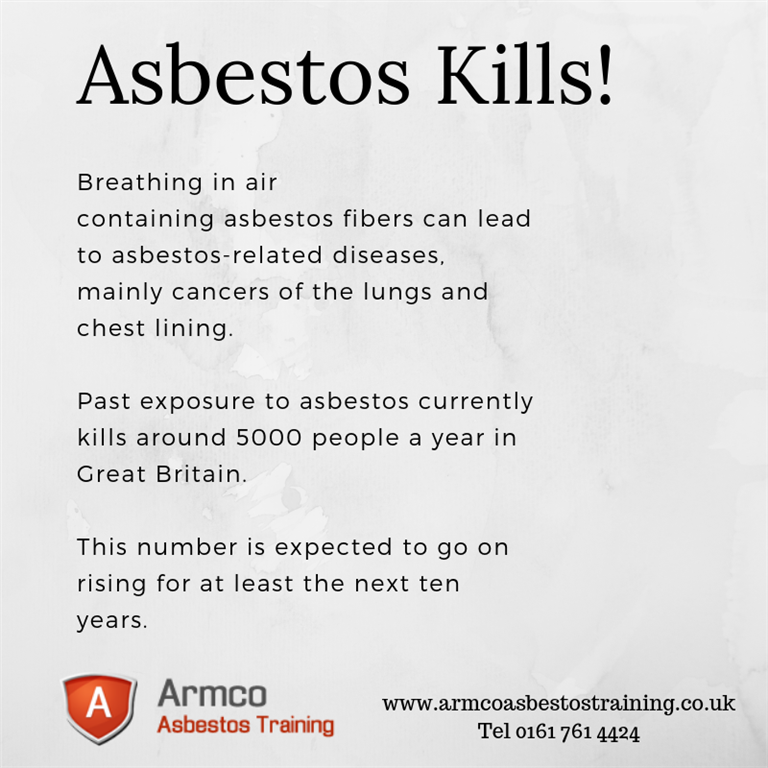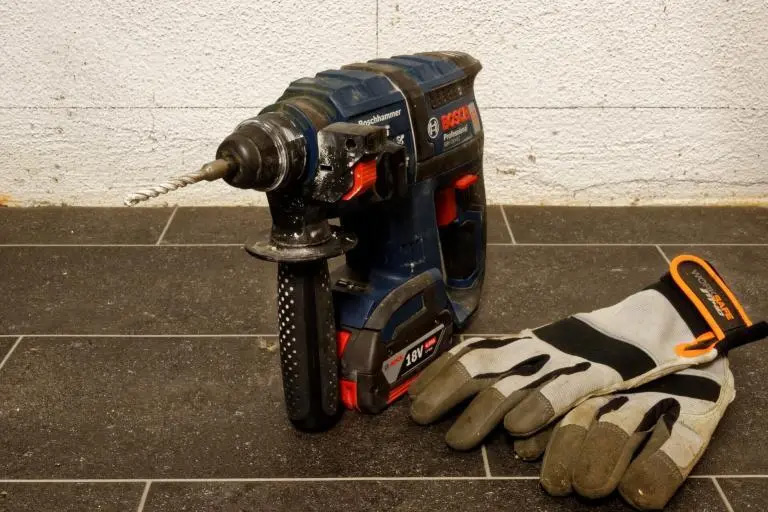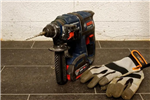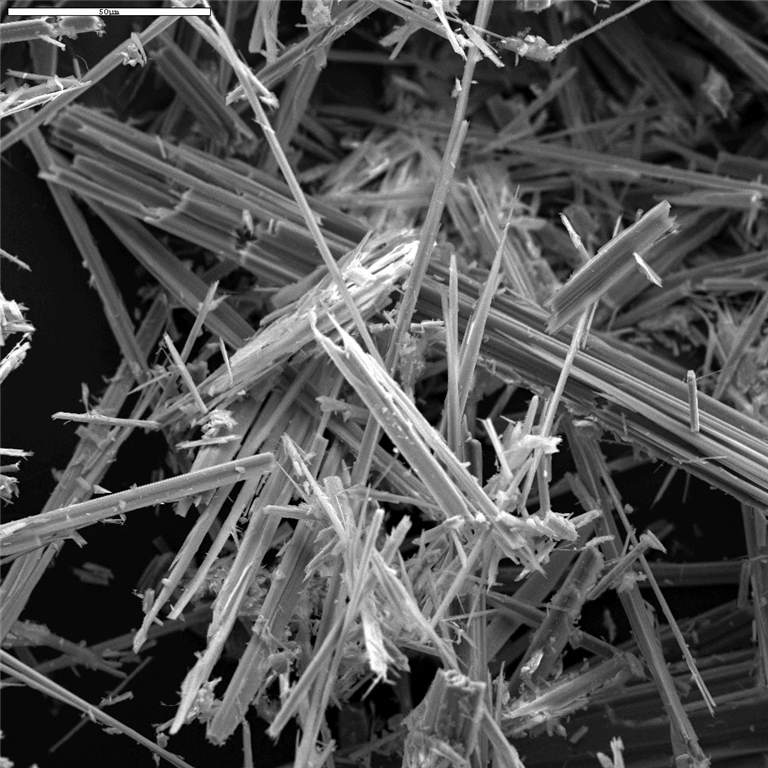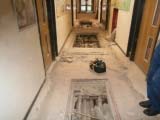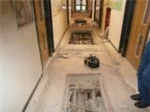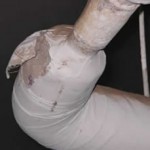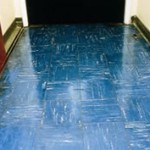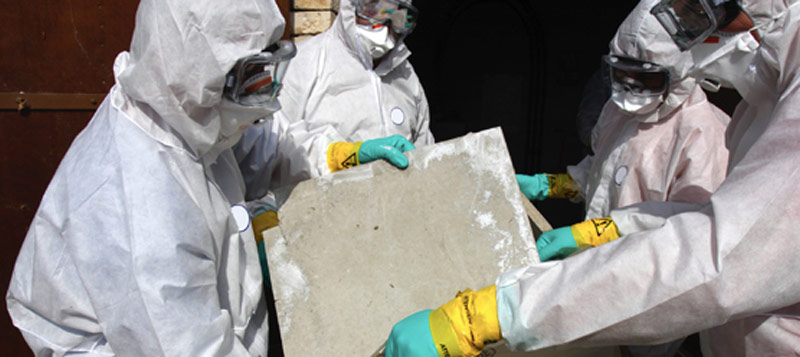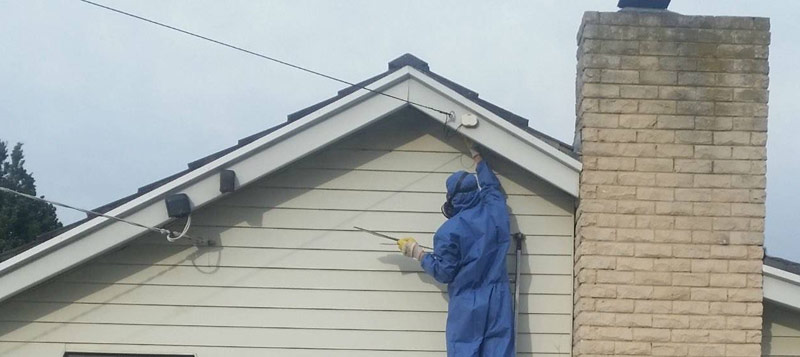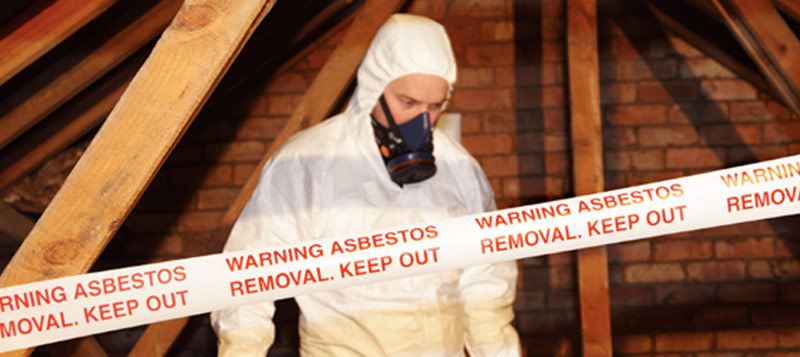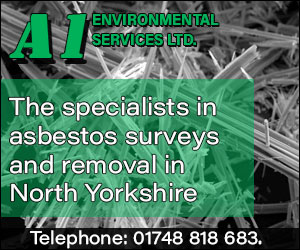Time and date
CONSTRUCTION DIRECTORY
Armco Asbestos Consultants Ltd Contact Details
Address
Unit 29, Bury Business Centre
Kay Street
Kay Street
Bury
Lancashire
BL9 6BU
England
Opening Hours
Friday
08:00 am-05:30 pm
Monday
08:00 am-05:30 pm
Tuesday
08:00 am-05:30 pm
Wednesday
08:00 am-05:30 pm
Thursday
08:00 am-05:30 pm
Friday
08:00 am-05:30 pm
Saturday
08:00 am-05:30 pm
Sunday
08:00 am-05:30 pm
Other Dates
About Armco Asbestos Consultants Ltd
Armco Asbestos Consultants specialise in the provision of Asbestos Management and Asbestos Refurbishment/Demolition surveys. We have a UKAS registered quality management system which complies to ISO 9001.
Armco Asbestos Consultants – Company history
Armco Asbestos Consultants is an ISO9001 certified company that I set up about 16+ years ago with a clear vision to be the best Asbestos Management, Training & Surveying Consultancy that it was possible to be.
Our BOHS accredited company works with customers large & small throughout the UK, from PLC businesses to small private companies, and all receive the same friendly, professional service from our team that I’d expect to receive from others.
Our Asbestos Surveys
There are two types of Asbestos surveys:
The purpose of each type of asbestos survey we provide is to help duty holders manage asbestos on their premises. Our asbestos surveys will provide you with sufficient information to compile an asbestos register and plan so that you are prepared. An asbestos register should identify the location(s) of any asbestos within the building and the type of asbestos found.
Our asbestos surveys will also enable you to perform a risk assessment for your business premises, and to write an asbestos management plan to manage any risks that are produced.
There are three main aims to our asbestos surveys:
1. We shall, as far as is reasonably practicable, locate and record the location of the presumed or known ACMs, the extent to which they exist and what type of asbestos it is.
2. We shall inspect and record information on the accessibility of the presumed or known ACMs, what condition it’s in and and any surface treatment that’s required.
3. We shall determine and record the type of asbestos found, either by collecting representative samples of any suspect materials and sending them to our UKAS accredited laboratory for asbestos testing, or by presuming based on the product type and its appearance. The duty to manage requirement in CAR 2012 regulation 4 allows us to ‘presume’ materials to contain asbestos.
Asbestos Refurbishment and Demolition Surveys
An asbestos refurbishment and demolition survey must be carried out and is required where the property, or a proportion of it, will require upgrading, refurbishment or demolition. An asbestos demolition survey is required when the building is proposed to be completely demolished.
The purpose of an Asbestos Refurbishment and Demolition survey is to locate and identify all ACM’s (Asbestos containing Materials) so that they can be removed prior to the demolition or refurbishment taking place. Therefore these types of survey are much more intrusive than an asbestos management survey.
A refurbishment and demolition survey aims to ensure that:
After our refurbishment and demolition survey
After completion of the asbestos refurbishment and demolition survey, we will provide you with a detailed report covering the location, presence and extent of asbestos-containing materials and debris. It does not access the asbestos condition but will will advice you of any that is in a dangerous state.
Asbestos Management Surveys
Asbestos management surveys are the standard type of asbestos survey that you will require to fulfill your legal duty (under Control of Asbestos Regulations 2012) to manage asbestos if you are responsible for maintaining a property (either commercial or non commercial). The main purpose of asbestos management surveys is to identify and manage asbestos containing materials (ACM) during the everyday use and occupation of the building which could be damaged or disturbed during normal occupancy, which includes general maintenance, and to verify their condition.
The aim of our asbestos management surveys
Asbestos management surveys aim to ensure that:
Armco Asbestos Consultants – Company history
Armco Asbestos Consultants is an ISO9001 certified company that I set up about 16+ years ago with a clear vision to be the best Asbestos Management, Training & Surveying Consultancy that it was possible to be.
Our BOHS accredited company works with customers large & small throughout the UK, from PLC businesses to small private companies, and all receive the same friendly, professional service from our team that I’d expect to receive from others.
Our Asbestos Surveys
There are two types of Asbestos surveys:
The purpose of each type of asbestos survey we provide is to help duty holders manage asbestos on their premises. Our asbestos surveys will provide you with sufficient information to compile an asbestos register and plan so that you are prepared. An asbestos register should identify the location(s) of any asbestos within the building and the type of asbestos found.
Our asbestos surveys will also enable you to perform a risk assessment for your business premises, and to write an asbestos management plan to manage any risks that are produced.
There are three main aims to our asbestos surveys:
1. We shall, as far as is reasonably practicable, locate and record the location of the presumed or known ACMs, the extent to which they exist and what type of asbestos it is.
2. We shall inspect and record information on the accessibility of the presumed or known ACMs, what condition it’s in and and any surface treatment that’s required.
3. We shall determine and record the type of asbestos found, either by collecting representative samples of any suspect materials and sending them to our UKAS accredited laboratory for asbestos testing, or by presuming based on the product type and its appearance. The duty to manage requirement in CAR 2012 regulation 4 allows us to ‘presume’ materials to contain asbestos.
Asbestos Refurbishment and Demolition Surveys
An asbestos refurbishment and demolition survey must be carried out and is required where the property, or a proportion of it, will require upgrading, refurbishment or demolition. An asbestos demolition survey is required when the building is proposed to be completely demolished.
The purpose of an Asbestos Refurbishment and Demolition survey is to locate and identify all ACM’s (Asbestos containing Materials) so that they can be removed prior to the demolition or refurbishment taking place. Therefore these types of survey are much more intrusive than an asbestos management survey.
A refurbishment and demolition survey aims to ensure that:
- No one will be harmed by any work on ACM in the property or equipment
- Any work undertaken will be performed by the right contractor and in the correct manner
After our refurbishment and demolition survey
After completion of the asbestos refurbishment and demolition survey, we will provide you with a detailed report covering the location, presence and extent of asbestos-containing materials and debris. It does not access the asbestos condition but will will advice you of any that is in a dangerous state.
Asbestos Management Surveys
Asbestos management surveys are the standard type of asbestos survey that you will require to fulfill your legal duty (under Control of Asbestos Regulations 2012) to manage asbestos if you are responsible for maintaining a property (either commercial or non commercial). The main purpose of asbestos management surveys is to identify and manage asbestos containing materials (ACM) during the everyday use and occupation of the building which could be damaged or disturbed during normal occupancy, which includes general maintenance, and to verify their condition.
The aim of our asbestos management surveys
Asbestos management surveys aim to ensure that:
- No one is harmed by the presence of ACM in the property
- That the ACM remains in good condition
- It’s unlikely that the ACM will be disturbed accidentally
Reviews & Testimonials for Armco Asbestos Consultants Ltd

March 19, 2021
Excellent, professional service. Quick and efficient.
Review
by
J Hill

December 15, 2018
I am always pleased with the service I receive from Armco, this is why I have been working with them for over 10 years, excellent knowledge and professional attitude.
Testimonial
by
Mark Gillespie

October 29, 2018
Armco always exceed our expectations by visiting properties that we have instructed them attend to within 24 hours. We always use Armco Asbestos because of the excellent service they provide to our company.
Testimonial
by
Noel Morgan

July 16, 2018
We have used Armco Asbestos Consultants on a number of sites throughout our portfolio for Management Surveys. We have found them to be good value for money, knowledgeable and thorough. I would have no hesitation in recommending them.
Testimonial
by
Tom Park

May 15, 2018
We needed a very urgent asbestos report and were given the name of Armco with whom we made immediate contact by phone. Arrangements were then made for the inspection to take place the following day. Fantastic service from a very obliging company.
Testimonial
by
Malcolm Taylor
Gallery
|
Click to close
|
News
05/12/2018
Why Contractors shouldn’t rely on third party asbestos reports
Asbestos reports may not always be accurate…
A recent case in Wales involving asbestos has highlighted the fact that contractors can’t always rely on third party asbestos reports.
Building Contractors will often rely upon asbestos reports and other information regarding the site which the employer has compiled.
But this recent case shows that an asbestos report isn’t always accurate, and as a result the Contractor may face some difficulties.
The case in Wales involved two companies – BDW Trading Ltd and Integral Geotechnique (Wales) Ltd EWHC
Integral Geotechnique (IGL) were employed by Bridgend County Council to carry out a geotechnical report on some land they intended to sell for a new residential development.
The council informed IGL that any potential buyers would be relying on this report.
However, IGL’s terms of appointment excluded any third-party rights and highlighted that the report could only be assigned with its prior consent.
When the asbestos report was completed and handed over, it contained a statement stating that it was for Bridgend Council’s use only, but did state they could assign to a site purchaser if they wished.
As a result, BDW Trading were provided with a copy of the report.
BDW went onto purchase the site, however, no actual assignment of the report took place.
And there was no collateral warranty provided or even a letter of reliance.
It was during development of the land that ACM’s (asbestos containing materials) were found that the asbestos report hadn’t picked up on.
So BDW decided to bring a claim against IGL.
Case heard in Court....
BDW took IGL to court as they wanted to prove that IGL owed them a duty of care.
And some things did go in BDW’s favour, such as the fact that IGL were aware the report was to be provided to any prospective buyers.
However, the court decided that even so, on the whole, IGL didn’t owe a duty of care to BDW.
The court’s decision was based upon the fact that the statement made in IGL’s report made it very clear they were willing to allow any potential site buyer to place legal reliance on the report.
Although, this would only be if the required legal instrument was put in place to allow it to do so.
For example, this could be done by assignment, reliance letter, or by collateral warranty.
This particular case is a stark reminder to any Contractor that if they rely on a survey or asbestos report that is prepared by a consultant they didn’t directly employ, they should insist on a letter of reliance or some other contractual link.
A recent case in Wales involving asbestos has highlighted the fact that contractors can’t always rely on third party asbestos reports.
Building Contractors will often rely upon asbestos reports and other information regarding the site which the employer has compiled.
But this recent case shows that an asbestos report isn’t always accurate, and as a result the Contractor may face some difficulties.
The case in Wales involved two companies – BDW Trading Ltd and Integral Geotechnique (Wales) Ltd EWHC
Integral Geotechnique (IGL) were employed by Bridgend County Council to carry out a geotechnical report on some land they intended to sell for a new residential development.
The council informed IGL that any potential buyers would be relying on this report.
However, IGL’s terms of appointment excluded any third-party rights and highlighted that the report could only be assigned with its prior consent.
When the asbestos report was completed and handed over, it contained a statement stating that it was for Bridgend Council’s use only, but did state they could assign to a site purchaser if they wished.
As a result, BDW Trading were provided with a copy of the report.
BDW went onto purchase the site, however, no actual assignment of the report took place.
And there was no collateral warranty provided or even a letter of reliance.
It was during development of the land that ACM’s (asbestos containing materials) were found that the asbestos report hadn’t picked up on.
So BDW decided to bring a claim against IGL.
Case heard in Court....
BDW took IGL to court as they wanted to prove that IGL owed them a duty of care.
And some things did go in BDW’s favour, such as the fact that IGL were aware the report was to be provided to any prospective buyers.
However, the court decided that even so, on the whole, IGL didn’t owe a duty of care to BDW.
The court’s decision was based upon the fact that the statement made in IGL’s report made it very clear they were willing to allow any potential site buyer to place legal reliance on the report.
Although, this would only be if the required legal instrument was put in place to allow it to do so.
For example, this could be done by assignment, reliance letter, or by collateral warranty.
This particular case is a stark reminder to any Contractor that if they rely on a survey or asbestos report that is prepared by a consultant they didn’t directly employ, they should insist on a letter of reliance or some other contractual link.
28/11/2018
Is an asbestos ceiling dangerous?
We’re all familiar with artex and textured coating ceilings that were prevalent in the 60’s, 70’s and early 80’s, many of which contained asbestos, but is an asbestos ceiling dangerous?
Perhaps you have planned to do some decorating or renovations and you’re concerned about the old asbestos ceiling.
Will the ceiling be ok to paint over? Can i drill holes into it? Can it be sanded? These are just a few of the queries you may have.
Let us first give you some background information on what an asbestos ceiling is.
Spray on textured coatings such as Artex were very popular from the 50’s to the early 80’s.
Artex was popular because it was an easy way for builders to hide imperfections due to it’s texture.
Up until the mid 1980s, Artex coating was made with white asbestos (chrysotile) which was used to strengthen it.
Therefore, it is likely that if your home has an artex ceiling that was installed before that time period, it will most probably contain asbestos.
Asbestos was banned in the UK in the year 1999, so any artex coatings applied after then may not contain asbestos.
So, is an asbestos ceiling something to be concerned about? Is it dangerous?
Well, the asbestos is only harmful when in a powder form, for example if the textured ceiling is being sanded.
Providing it is left alone and undamaged it will pose no risk to health.
So you won’t be able to drill into a ceiling that contains asbestos or hammer nails into it, but you can paint over it or encapsulate it.
Older textured coatings that contain asbestos pose a particularly serious health hazard.
If a person inhales microscopic asbestos fibers then it can cause diseases like asbestosis or mesothelioma, which is a cancer of the lining of the lung.
There is also a disease called peritoneal mesothelioma which is a cancer of the lining of the abdomen.
What if i’m carrying out any works to an asbestos ceiling?
We would strongly advise that you seek some professional advice to identify the presence of asbestos if you think you have an asbestos ceiling and you plan on doing any sort of renovations that could disturb it.
The Control of Asbestos Regulations 2012 stipulates that only a trained and competent individual can remove the textured coating, and they must wear effective dust proof protective clothing and masks, as well as sealing off the area to be worked on.
Most of the time though, this type of removal work falls within exemptions to the licensing requirements which means it does not usually require a licensed contractor.
But in high risk situations, the UK regulations state a licensed contractor must be used.
Once the artex ceiling has been removed, it needs to be disposed of correctly as hazardous waste.
Your local waste management centre run by the council will provide this facility.
Although, providing the textured coating is left alone and undamaged, it will be safe to leave the asbestos ceiling in place and make sure it is given an annual inspection.
If you’re not planning on doing any renovations to your property, then there is also the option of leaving the textured coating in place and painting it or skimming over it with ordinary multi finish plaster, or a special coating called Artex Ceiling Finish.
The ceiling in question should then be labelled in order to warn future occupants or builders of what lurks beneath.
Artex should never be drilled into, scraped or dry sanded as this risks releasing asbestos fibers into the air.
Perhaps you have planned to do some decorating or renovations and you’re concerned about the old asbestos ceiling.
Will the ceiling be ok to paint over? Can i drill holes into it? Can it be sanded? These are just a few of the queries you may have.
Let us first give you some background information on what an asbestos ceiling is.
Spray on textured coatings such as Artex were very popular from the 50’s to the early 80’s.
Artex was popular because it was an easy way for builders to hide imperfections due to it’s texture.
Up until the mid 1980s, Artex coating was made with white asbestos (chrysotile) which was used to strengthen it.
Therefore, it is likely that if your home has an artex ceiling that was installed before that time period, it will most probably contain asbestos.
Asbestos was banned in the UK in the year 1999, so any artex coatings applied after then may not contain asbestos.
So, is an asbestos ceiling something to be concerned about? Is it dangerous?
Well, the asbestos is only harmful when in a powder form, for example if the textured ceiling is being sanded.
Providing it is left alone and undamaged it will pose no risk to health.
So you won’t be able to drill into a ceiling that contains asbestos or hammer nails into it, but you can paint over it or encapsulate it.
Older textured coatings that contain asbestos pose a particularly serious health hazard.
If a person inhales microscopic asbestos fibers then it can cause diseases like asbestosis or mesothelioma, which is a cancer of the lining of the lung.
There is also a disease called peritoneal mesothelioma which is a cancer of the lining of the abdomen.
What if i’m carrying out any works to an asbestos ceiling?
We would strongly advise that you seek some professional advice to identify the presence of asbestos if you think you have an asbestos ceiling and you plan on doing any sort of renovations that could disturb it.
The Control of Asbestos Regulations 2012 stipulates that only a trained and competent individual can remove the textured coating, and they must wear effective dust proof protective clothing and masks, as well as sealing off the area to be worked on.
Most of the time though, this type of removal work falls within exemptions to the licensing requirements which means it does not usually require a licensed contractor.
But in high risk situations, the UK regulations state a licensed contractor must be used.
Once the artex ceiling has been removed, it needs to be disposed of correctly as hazardous waste.
Your local waste management centre run by the council will provide this facility.
Although, providing the textured coating is left alone and undamaged, it will be safe to leave the asbestos ceiling in place and make sure it is given an annual inspection.
If you’re not planning on doing any renovations to your property, then there is also the option of leaving the textured coating in place and painting it or skimming over it with ordinary multi finish plaster, or a special coating called Artex Ceiling Finish.
The ceiling in question should then be labelled in order to warn future occupants or builders of what lurks beneath.
Artex should never be drilled into, scraped or dry sanded as this risks releasing asbestos fibers into the air.
29/10/2018
What are the 6 types of asbestos?
There are 6 types of asbestos altogether, but 3 main ones are used
The 6 different types of asbestos are known as chrysotile, amosite, crocidolite (the 3 that are most often used) and anthophyllite, tremolite and actinolite.
‘Asbestos’ is the collective name given to all 6 minerals.
As mentioned above, the 3 types of asbestos you will probably be most familiar with are chrysotile, amosite and crocidolite.
That is because these 3 minerals are the ones that have been used most extensively in building materials over the years.
Let’s look at all 6 different types of asbestos and see how they differ, starting with the 3 that are most common:-
Chrysotile
Otherwise known as ‘white asbestos’, chrysotile is the most commonly used form of all the different types of asbestos.
You will find Chrysotile contained within lots of buildings that were constructed pre 1999, when it was eventually banned in the UK.
It can be commonly found in roofs, ceilings, walls and floors.
Chrysotile asbestos was also a popular choice for manufacturers who made brake linings for vehicles, boiler seals, gaskets and also insulation for pipes, ducts and appliances.
Amosite
Amosite is also commonly known as the ‘brown asbestos’ and was used most commonly used in the manufacture of cement sheets and pipe insulation.
You will also find amosite contained within building materials such as insulating board, thermal insulation products and ceiling tiles.
Crocidolite
The 3rd most common type of asbestos is Crocidolite, otherwise known as the ‘blue asbestos’ or by it’s other name ‘Riebeckite’.
It was frequently used to insulate steam engines, and also used in some spray-on coatings, cement products, plastics and pipe insulation.
Anthophyllite
Much less common than the likes of chrysotile, amosite and crocidolite, anthophyllite was used in small quantities for the likes of insulation products and some construction materials.
Anthophyllite also occurs as a contaminant in chrysotile, talc and vermiculite.
It can appear as either grey, white or dull green in color.
Tremolite and Actinolite
These 2 types of asbestos are also not commonly used commercially, although, like anthophyllite, tremolite and actinolite occur as contaminants in chrysotile, talc and vermiculite.
Anthophyllite asbestos minerals can appear as brown, green, white, transparent or grey.
The 6 different types of asbestos are known as chrysotile, amosite, crocidolite (the 3 that are most often used) and anthophyllite, tremolite and actinolite.
‘Asbestos’ is the collective name given to all 6 minerals.
As mentioned above, the 3 types of asbestos you will probably be most familiar with are chrysotile, amosite and crocidolite.
That is because these 3 minerals are the ones that have been used most extensively in building materials over the years.
Let’s look at all 6 different types of asbestos and see how they differ, starting with the 3 that are most common:-
Chrysotile
Otherwise known as ‘white asbestos’, chrysotile is the most commonly used form of all the different types of asbestos.
You will find Chrysotile contained within lots of buildings that were constructed pre 1999, when it was eventually banned in the UK.
It can be commonly found in roofs, ceilings, walls and floors.
Chrysotile asbestos was also a popular choice for manufacturers who made brake linings for vehicles, boiler seals, gaskets and also insulation for pipes, ducts and appliances.
Amosite
Amosite is also commonly known as the ‘brown asbestos’ and was used most commonly used in the manufacture of cement sheets and pipe insulation.
You will also find amosite contained within building materials such as insulating board, thermal insulation products and ceiling tiles.
Crocidolite
The 3rd most common type of asbestos is Crocidolite, otherwise known as the ‘blue asbestos’ or by it’s other name ‘Riebeckite’.
It was frequently used to insulate steam engines, and also used in some spray-on coatings, cement products, plastics and pipe insulation.
Anthophyllite
Much less common than the likes of chrysotile, amosite and crocidolite, anthophyllite was used in small quantities for the likes of insulation products and some construction materials.
Anthophyllite also occurs as a contaminant in chrysotile, talc and vermiculite.
It can appear as either grey, white or dull green in color.
Tremolite and Actinolite
These 2 types of asbestos are also not commonly used commercially, although, like anthophyllite, tremolite and actinolite occur as contaminants in chrysotile, talc and vermiculite.
Anthophyllite asbestos minerals can appear as brown, green, white, transparent or grey.
Products & Services
Domestic Asbestos Surveys
ISO9001 certified company
Asbestos paneling
Asbestos cement panels
Asbestos cement pipes
Demolition Surveys
Asbestos Refurbishment Surveys
Asbestos Management Surveys
Asbestos Surveys
-
Facebook Feed
Location Map
Armco Asbestos Consultants Ltd Serves The Following Areas
Find Armco Asbestos Consultants Ltd in
Armco Asbestos Consultants Ltd General Description
Armco Asbestos Consultants specialise in the provision of Asbestos testing, Asbestos Management Surveys and Asbestos Refurbishment Demolition surveys.






